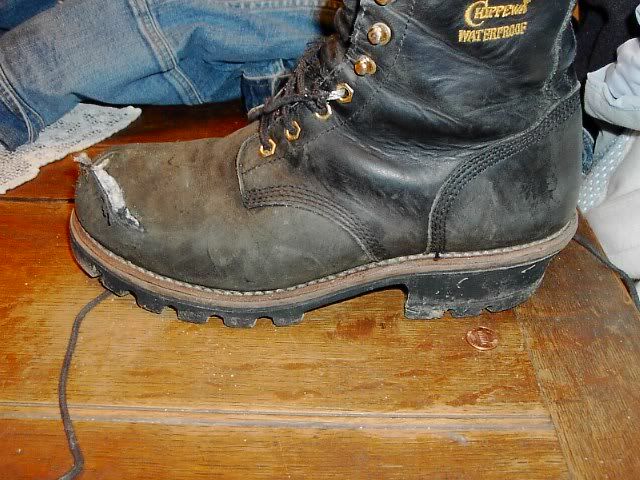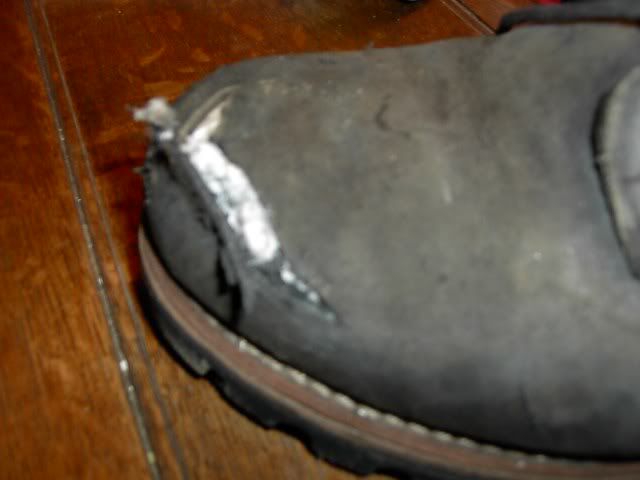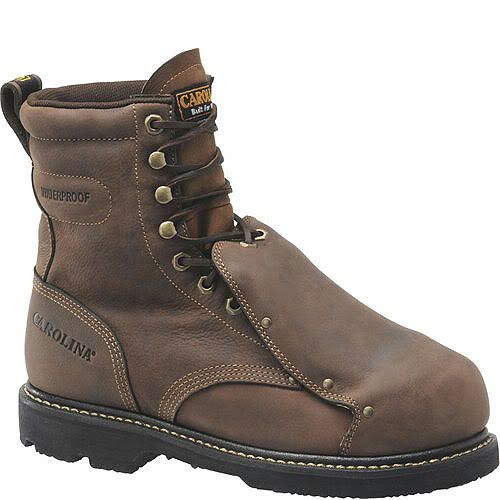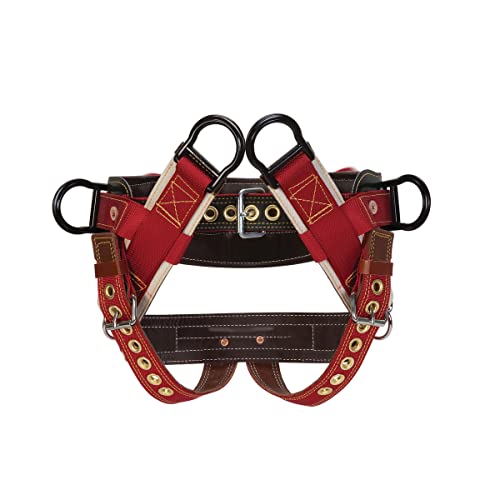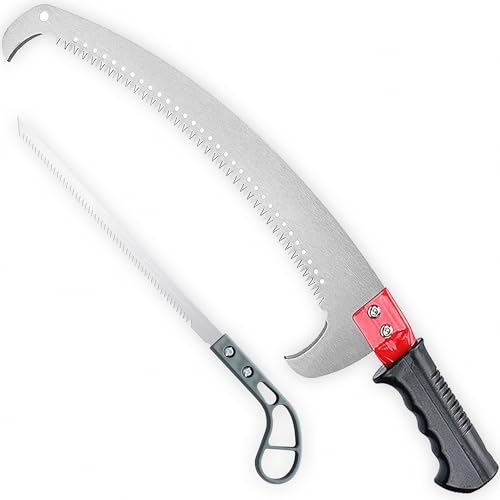Philbert
I know you do Disaster Relief work, and after long deliberate thinking, these are the ones I ended up with to use for DR and all my saw work:
The Matterhorn 12900 Search and Rescue boot
10" Waterproof Search & Rescue Boot
with Steel Toe and Flexible Internal Metatarsal Guard
• Waterproof/Breathable GORE-TEX® Bootie
• Water-Resistant, Breathable Full Grain Leather
• Fabric Upper of 7 oz. Kevlar®/Nomex® Advance Ripstop
• Kevlar® Insulated Lining
• Goodyear Welt Construction
• Cambrelle® Breathable Moisture-Wicking Lining
• Patented Matterhorn® "Tiger Tip"®
• Kevlar® Upper and Sole stitching
• Matterhorn® Flexible Internal Metatarsal Guard™
• Removable DRYZ® Moisture/Odor-Control Shock-Absorbing Cushioned Insert
• Zinc-coated Ladder Shank
• Steel Toe, Stainless Steel Bottom Plate and Internal Metatarsal Guard: Meet All Current ANSI Standards, Class 75
• VIBRAM® One-Piece Lug Fire-Resistant Compound Outsole
I like them A LOT. The only thing that I'd like to add is a pull tab at the rear, but that's a small want (and I switched out the laces w/550 chord). Of course they're twice as much $ as you're looking at w/the rubber boots, but I feel very well protected in them.
I've had mine and enjoyed them for about three years now and I've already turned 3 nails with the steel shank, and that alone is well worth the cost when your in a DR area.





